Toll Free: (866) 215-0651
Local: (657) 900-2066
OSHA And The Impact On Workplace Safety
The Occupational Safety and Health Administration (OSHA) is pivotal in fostering safe and healthy workplaces across the United States. Beyond its regulatory functions, OSHA's work contributes to broader societal benefits, from reduced workplace injuries and fatalities to lower healthcare costs and improved overall worker well-being. In this blog, we'll explore the multifaceted advantages that OSHA brings to society.
Reducing Workplace Injuries and Fatalities:
OSHA's stringent regulations and enforcement efforts have significantly contributed to a decline in workplace injuries and fatalities. By setting and enforcing safety standards, OSHA ensures that employers prioritize the well-being of their workers. The result is safer working environments, fewer accidents, and a considerable reduction in the loss of lives and injuries that would otherwise occur without these regulations.
Lowering Healthcare Costs:
Preventing workplace injuries and illnesses saves lives and alleviates the healthcare system's economic burden. OSHA's focus on hazard identification, risk assessment, and prevention measures leads to fewer workers requiring medical attention due to occupational incidents. This, in turn, results in lower healthcare costs for both individuals and the broader society, contributing to a more sustainable and efficient healthcare system.
Improving Worker Well-being:
Beyond physical health, OSHA's impact extends to the overall well-being of workers. Safe and healthy workplaces foster a positive work environment, boosting employee morale, satisfaction, and productivity. Employees who feel secure in their working conditions are more likely to experience improved mental health and job satisfaction. OSHA's emphasis on creating a culture of safety thus contributes to the holistic well-being of the workforce.
Promoting Economic Stability:
A healthy, safe, and satisfied workforce is essential for economic stability. OSHA's regulations prevent work-related disruptions caused by accidents and illnesses, ensuring businesses can operate efficiently. The continuity of operations, coupled with reduced absenteeism due to workplace incidents, leads to a more stable and robust economy.
Fostering Innovation and Best Practices:
OSHA's role extends beyond enforcement; it actively promotes innovation and the adoption of best practices in workplace safety. Through educational programs, consultations, and partnerships, OSHA encourages businesses to embrace cutting-edge technologies and methodologies that enhance safety. This benefits individual companies and contributes to industry-wide improvements, setting higher standards for safety and well-being.
The Importance of Hiring Properly OSHA-Certified Professionals:
To fully harness the benefits of OSHA's regulations, hiring properly OSHA-certified professionals is crucial. OSHA-certified individuals possess the knowledge and skills required to navigate the complexities of workplace safety regulations, ensuring compliance and minimizing the risk of incidents. By hiring certified professionals, employers demonstrate their commitment to creating a safe and healthy work environment, instilling confidence in employees and stakeholders.
OSHA's work goes far beyond regulatory compliance – it's a cornerstone of societal progress. By reducing workplace injuries and fatalities, lowering healthcare costs, improving worker well-being, and fostering economic stability and innovation, OSHA creates a foundation for a healthier, safer, and more prosperous society. As we acknowledge the pivotal role of OSHA, we reinforce the importance of ongoing commitment to workplace safety for the greater good of individuals and the nation.The body content of your post goes here. To edit this text, click on it and delete this default text and start typing your own or paste your own from a different source.
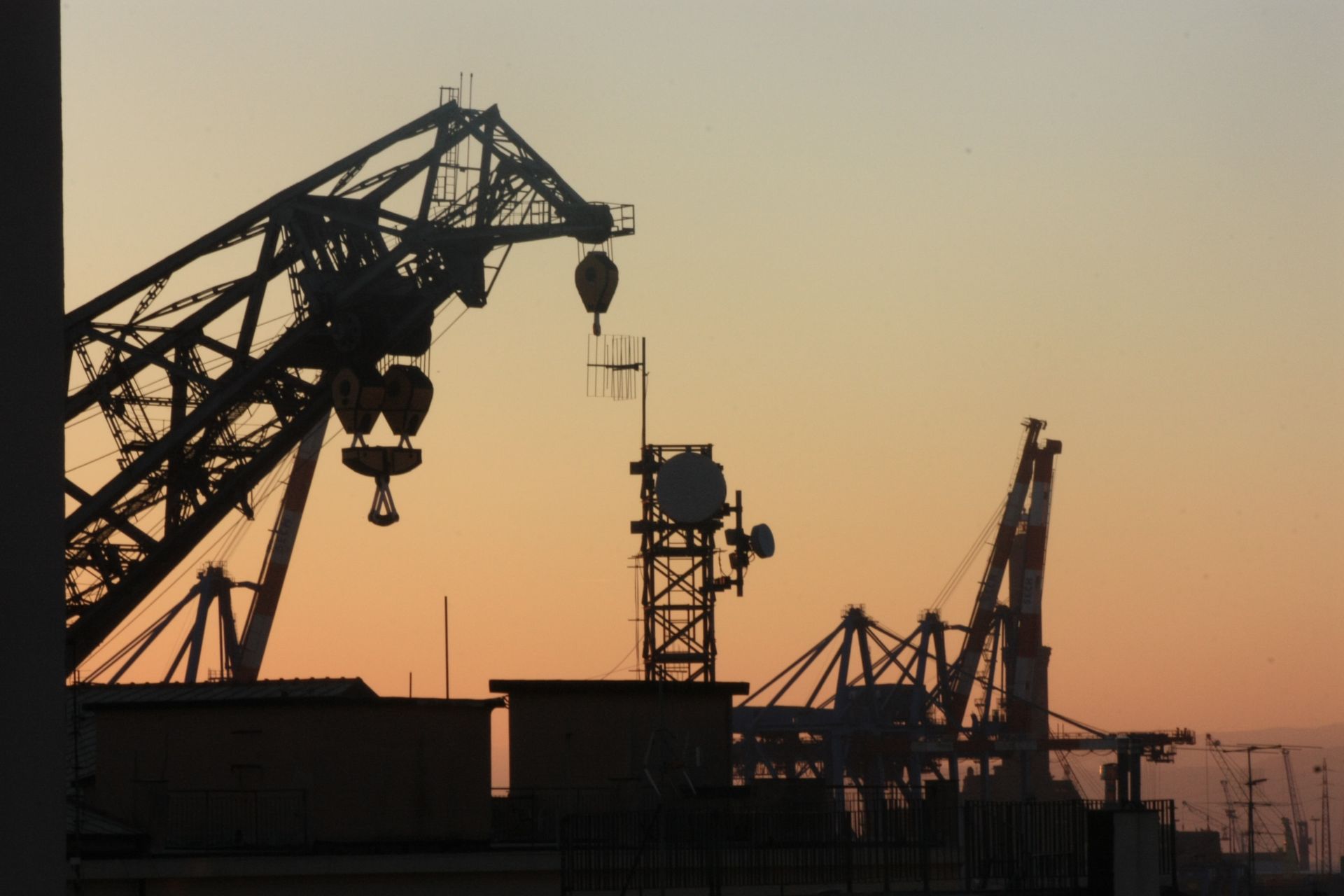



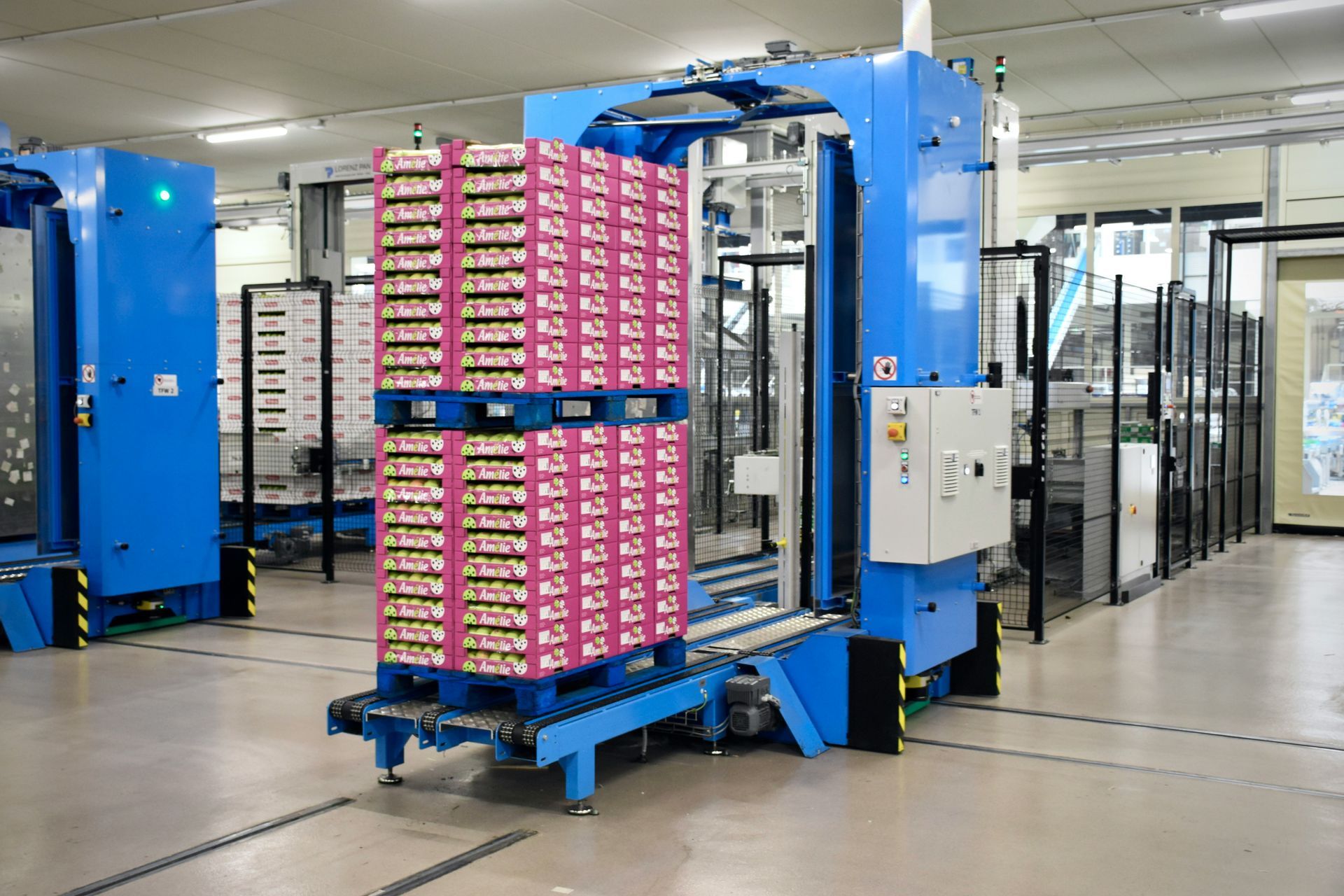
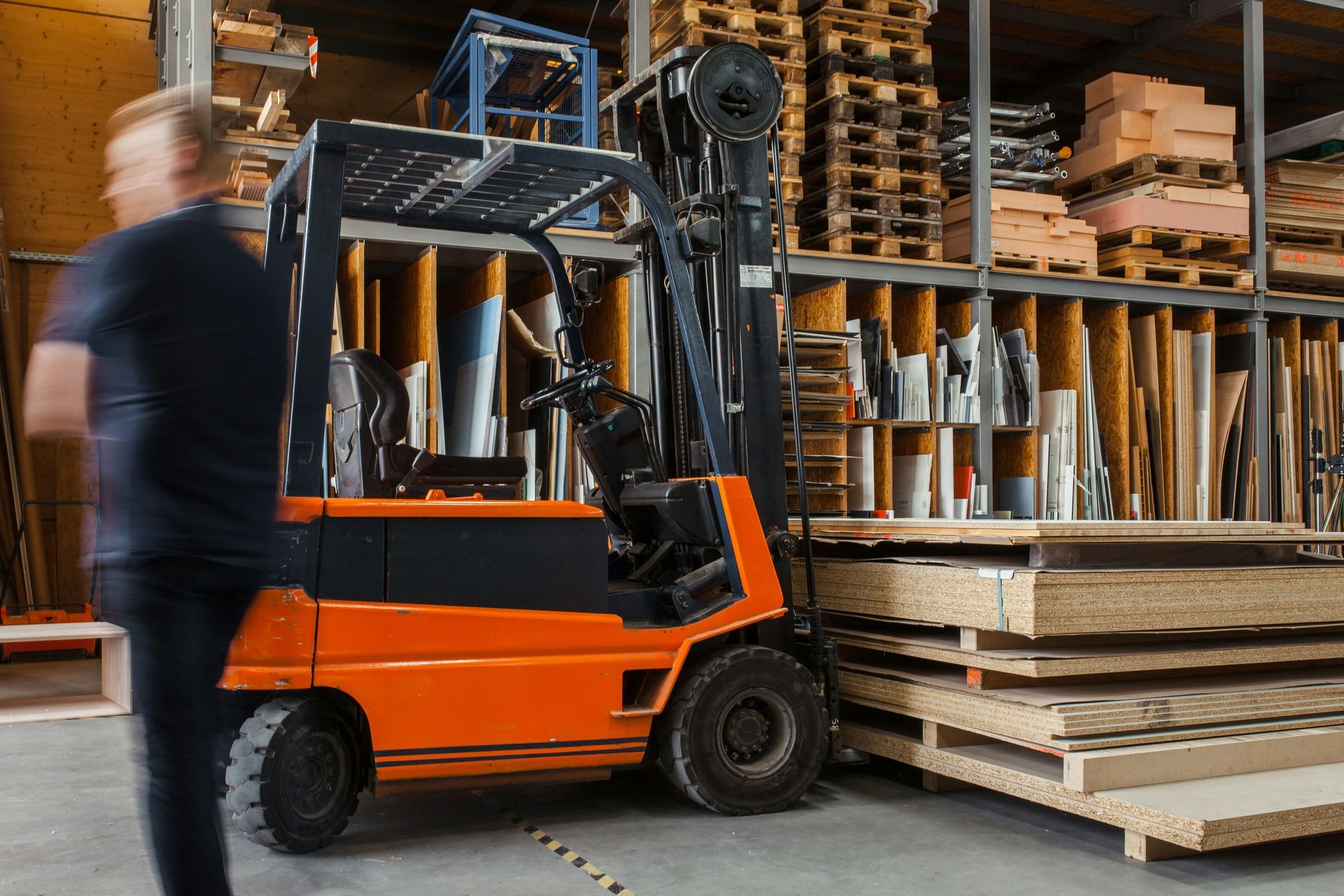

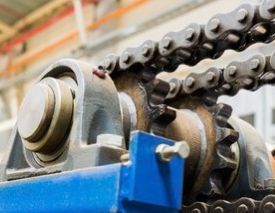

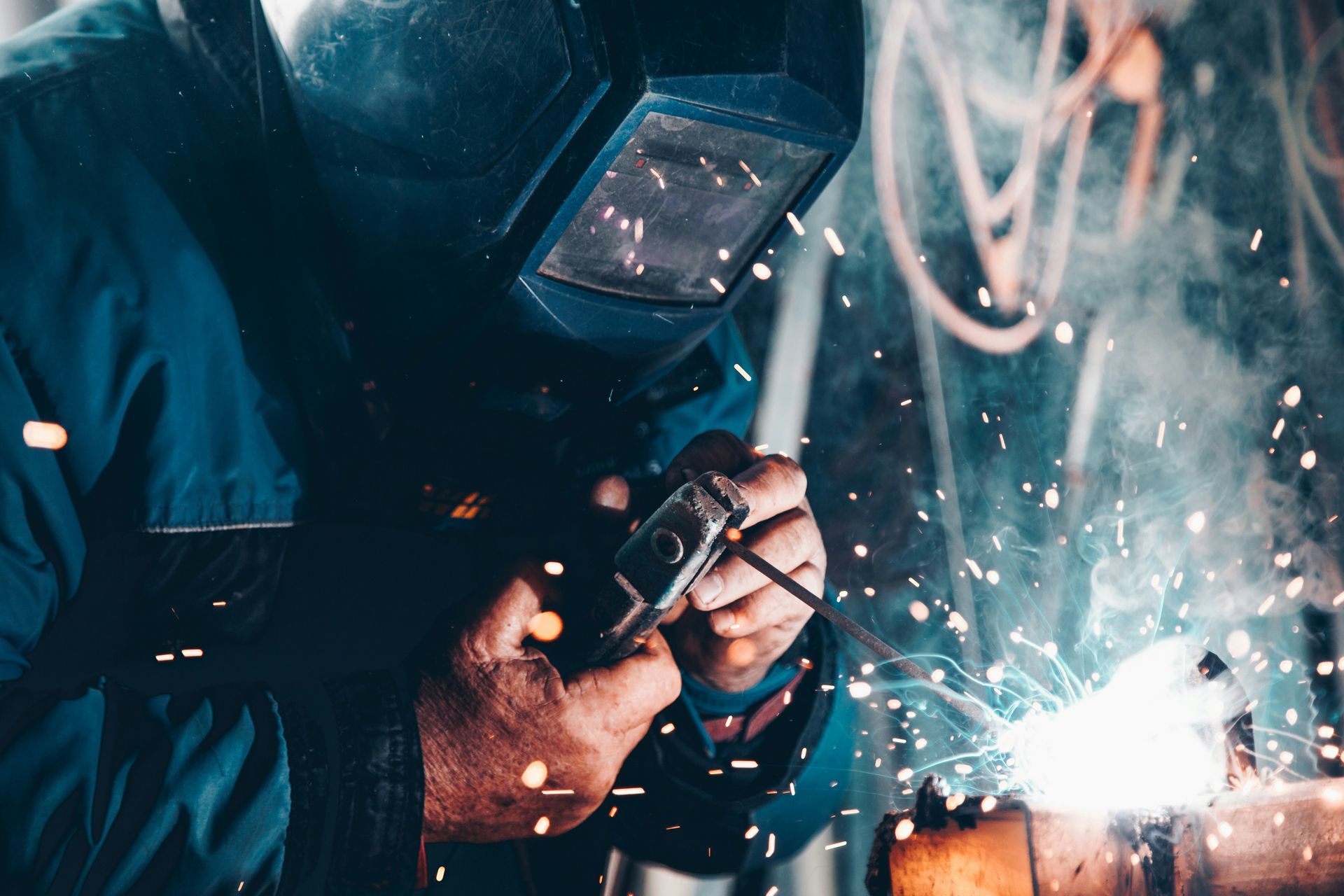
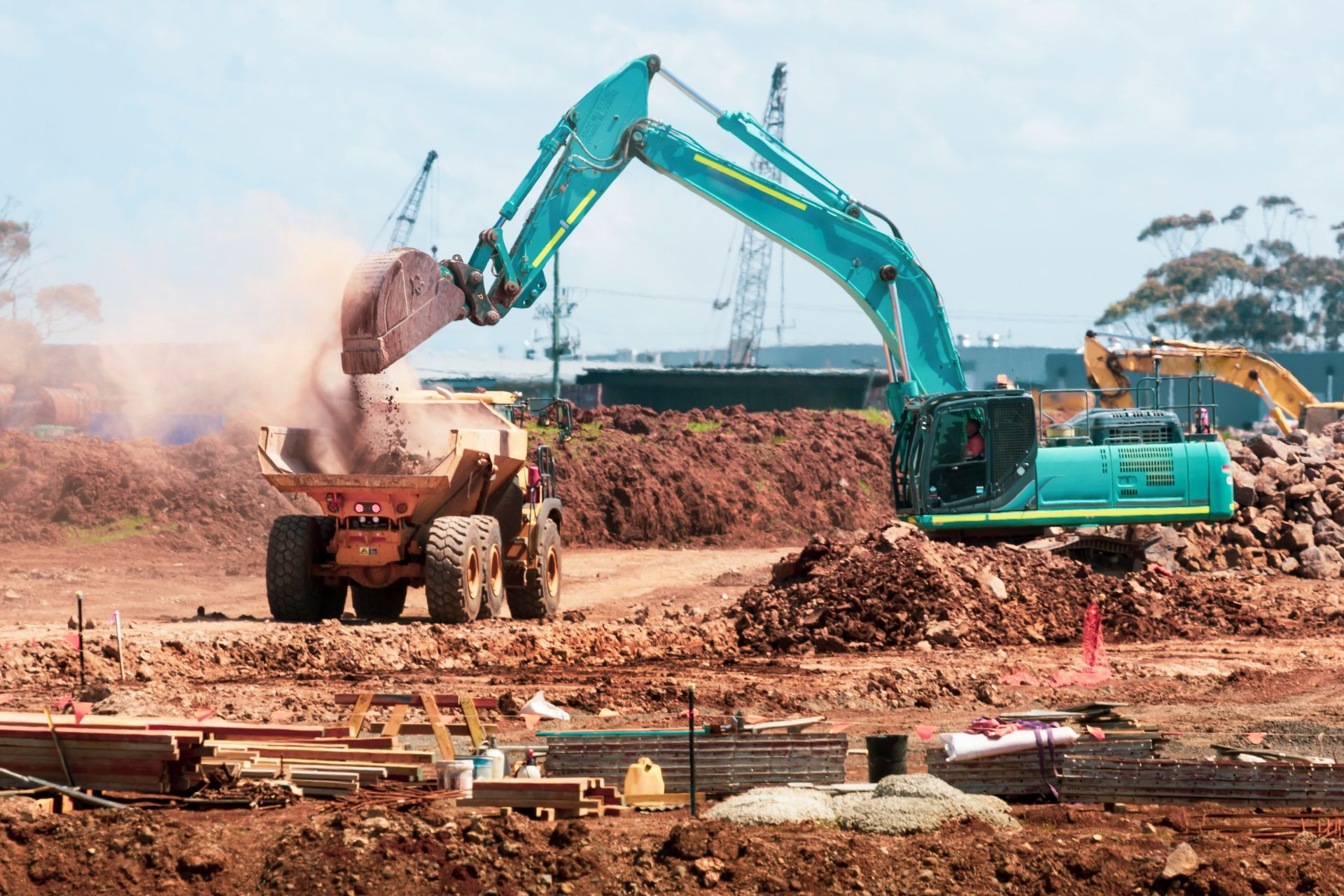
Share On: